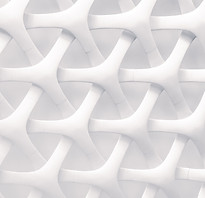The science behind drawing and erasing
- Amaira seth
- Jan 31, 2021
- 1 min read
Updated: Aug 4, 2022
What are the different scientific phenomena that go into the act of using a pencil and an eraser to remove pencil marks?

OBJECTIVES
How does the pencil leave a mark where it rubs a surface?
Why and how is an eraser able to remove the traces of a pencil?
MATERIALS NEEDED
x1 Pencil (not coloured)
x1 Eraser
Process
Drawing

Fun Fact: Pencil leads were never actually made of the element 'Lead', however, they are made of a non-toxic material called 'graphite' (mixed with clay and formed into long, thin pencil lead).
Like I mentioned before, the lead of a pencil is made of tiny graphite molecules which contain 6 carbon atoms in a hexagonal structure, as shown in the figure below.

The graphite molecules, as you can see, are stacked in layers. These layers can slide over each other.
So, when a pencil lead makes contact with paper, the lead allows graphite molecules to slip onto the paper, leaving a mark on its trail.
Erasing

Erasers work because of FRICTION.
Friction is the force of resistance to motion of one object moving against another.
The modern eraser is usually made of a mix of abrasives such as fine pumice, a rubbery matrix such as synthetic rubber or vinyl.
When you rub an eraser on a pencil mark, the abrasives in the eraser gently scratch the surface fibres of the paper to loosen the graphite particles.
Moreover, the rubbing motion causes friction, which produces heat. The heat helps the rubber become sticky enough to hold onto the graphite particles.
Small pieces of the rubber combined with graphite get left behind as a result.








Comments